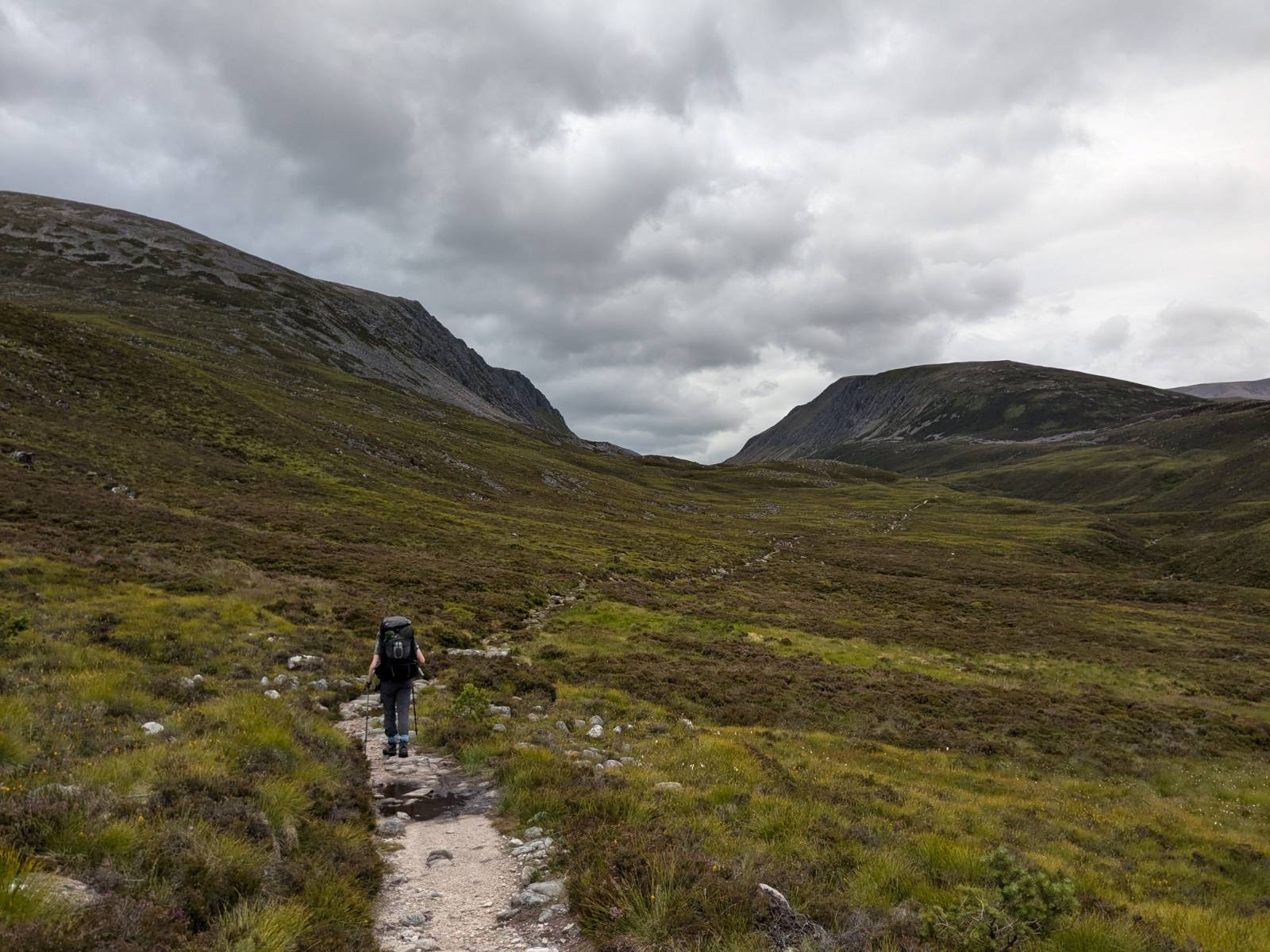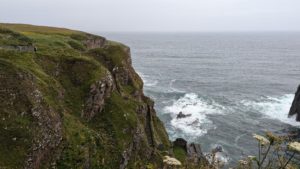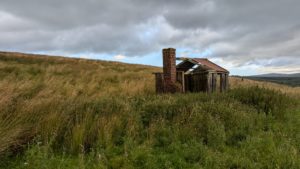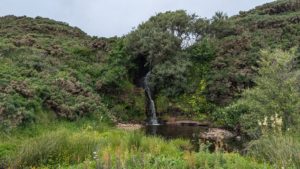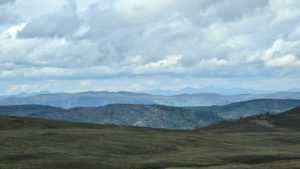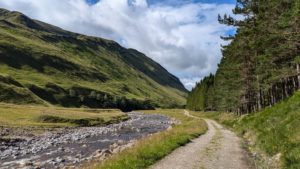A few years ago, if you asked me whether I would be able to complete a 500 mile walk in six weeks, across clifftops, and through mountains, I’d have laughed in your face. However, a few months ago, I arrived at Durham Cathedral, having done that exact thing.
For anyone, this is a ridiculous achievement, for me, even more so. Like many trans people I was told, when I came out, that my life was now limited. That things possible for other people would be impossible for me, and that I would not achieve the things I wanted to. Now, granted, back then, I didn’t want to walk the length of Scotland (and a bit extra), but I do think that such a thing falls into the category of ‘cool things that some people want to do’, even if, at the time, I wasn’t one of those people.
The thing is, that by transitioning, my life opened up. It didn’t become smaller, but bigger. By being my full self my life filled with possibility. I was able to connect with myself, and the world around me, in ways I never thought I could. And when a life is full of possibility, the impossible becomes manageable (if not easy). And so I roped a friend into my mad scheme, bought a tent, hoisted an enormous backpack onto my shoulders, and walked.
Being trans, there were lots of things I worried about before starting out – it’s not easy to completely ignore the voice that tells you that being trans means you can’t do stuff. Of course it can make things more difficult, or more complicated, or sometimes just different – there’s lots of things we have to think about, that other people don’t – but that shouldn’t stop you doing things.
There’s also the worry that doing a walk like this also puts you in a very vulnerable position. You’re alone, often without phone signal, in isolated places. If someone wanted to do you harm, there’s not really anyone around who could stop them. The thing is… there’s also not really anyone around to do you harm. At one point my friend and I walked for three days and only saw a single person. Instead of being a threat, he stopped to offer us directions, and give us tips about where to ford a nearby river after the rains.
When we reached the river I still fell in – but thanks to his advice it was at a shallow and slow-moving part of the river, and so I was able to scramble out easily, instead of being swept away. Because that’s the thing: on a hike, the danger is nature – not other people. And that’s the truth, no matter what a media environment saturated by true crime might tell you.
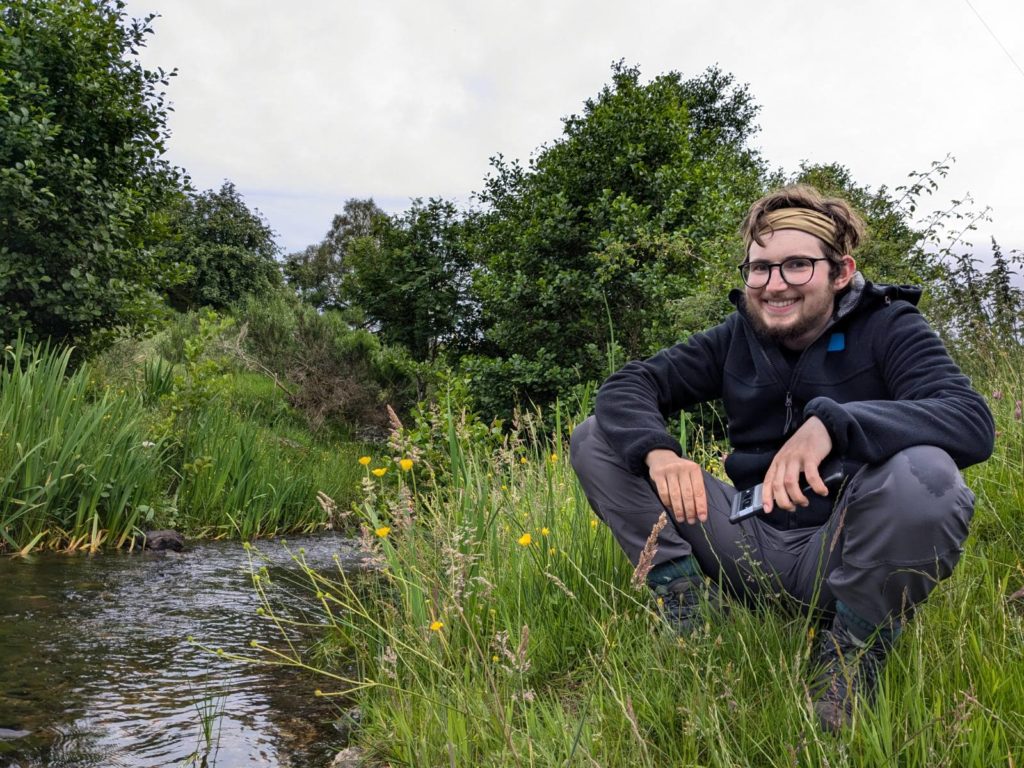
So what kind of danger does nature pose? Hiking in Scotland the big dangers I encountered were sheer drops off of cliffs, and the cold and wet weather. The sketchiest moment of the six week walk was when it rained for over 30 hours as we picked our way along high clifftops, sheer drops on one side, barbed wire fences on the other, miles from even the smallest hamlet. The rain soaked through our boots, our backpacks, our rain gear, and everything else too, leaving us freezing cold, shivering, and exhausted. We trudged on for miles, until we finally found a place where we could set up the tent, and set about getting warm and dry.
The day after that, we decided the clifftop path was too slippy in the rain, and walked through a small hamlet instead. When we paused to rest our feet in the driving rain, a couple came out of their home, welcomed us into their home to dry out by the fire, fed us tea and cake, and refilled our water bags with clean water. They even wrapped up a bundle of snacks to send with us when we carried on our way. This kind of kindness happened a lot, everywhere we went. People offering advice, food, water, warmth, a place to rest. What we learned is that people are, in general, kind – no matter what the headlines may have us believe.
Equipment
So if nature is the real danger, how can you stay safe? Well, the main thing that’ll keep you safe from nature is your kit. My kit is what saved me from hypothermia when I was soaked and shivering, and my kit is what saved me on clifftops and mountains. It even saved me on simple country roads and pathways, because when you’re walking miles every day constant discomfort can be a walk ending problem as much as a sudden slip or injury. The problem is that buying kit can be a bit more complicated for trans people than cis people.
Backpacks come in gendered fits with differences in the hips and shoulders. Hiking boots are gendered too. Being a trans man with feet so small that I don’t even fit in adult women’s shoes, let alone adult men’s shoes, I was really worried about finding boots that’d work for me. In the end I went to a specialist shop that fitted my boots for me. When I got there a friendly man who’d seen more messed up feet that I could possibly imagine was absolutely delighted to see me, walking in as I did on feet that were at least a traditional shape, if not a common size. He measured my feet, analysed their shape, and picked out a pair of boots (and a set of comfy insoles) that carried me those 500 miles as well as any boot could. The pair were women’s boots – but that didn’t matter. What mattered was the fit.
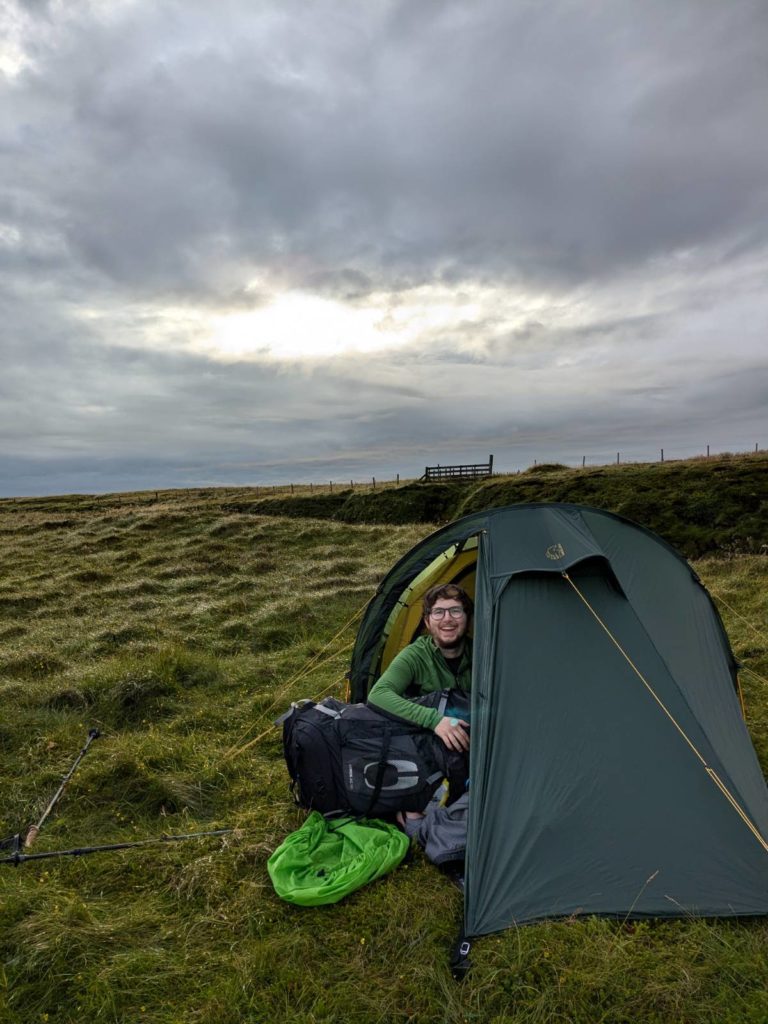
You see, in hiking circles fit is king. When you’re walking hundreds of miles with your kit it has to be comfortable for you to use. That means it’s widely accepted that people will ignore what the label says in order to find the perfect fit. It’s not unusual to see a male hiker with a women’s pack, or vice versa – so if the unique nature of a trans body means you have to hunt around for the perfect piece of equipment, it’s not going to draw comment on the trail. It doesn’t matter if you’re wearing “womens” or “mens” kit – it only matters that the kit works. Not only that, it’s likely that the gender of your kit isn’t even going to be noticeable, with hiking gear generally coming in colours more reflective of the outdoors than of a gender reveal party.
Going to the toilet, without a toilet
To be honest with you, however, it wasn’t the miles or the kit that most concerned me about this hike. The thing I was most worried about was going to the toilet in the wilderness. Nobody wants their bare arse exposed to the world, but it’s even more of a concern when that arse comes with non-cisgendered genitals. I considered buying a she-wee, or fashioning some kind of funnel device – but there’s nowhere to really wash such things out in the wild, and I had no intention of storing urine-soaked plastic in my backpack, especially when I knew there’d already be bags of unmentionable toilet detritus hanging on the outside of it for days at a time (leaving no trace when hiking means that you pack everything out with you).
In the end, I just accepted that I’d have to find a bush or a cave or a hollow somewhere, and pray nobody would come round the corner. I have to say, I managed far better than I expected. The often joked about trans ability to hold your wee until you get home and away from gendered toilets came in helpful on days where decent places to go were few and far between, but there comes a point where you do just need to go, for your own health and comfort, if nothing else.
I have a feeling that going to the toilet in the wilderness is a bit intimidating for a lot of people, trans or not, so here are some tips that’ll mostly work best for people with vulvas, but might help anyone headed out into the wild for a decent amount of time.
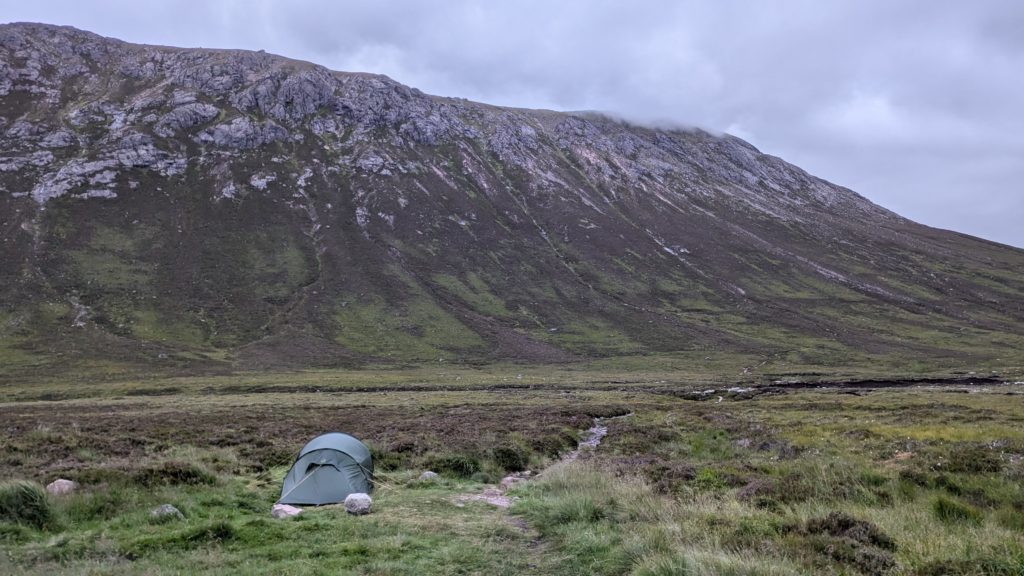
Getting down to business:
For those of us who can’t squat low (I have very tight leg muscles), I recommend finding a tree or fence post to hold on to, to help keep you stabilised while you go. Big cliffs can work too, with you doing either a sideways lean or a wall squat to support you instead
Location, location, location:
Hollows and dips mean you’re hidden from view and you can post a friend up top to keep watch – but small biting flies (the dreaded midge, if you’re in Scotland) tend to gather in such places.
Forests are great, as you can find something to hold on to for a stable low squat, plus you can hide among the branches and leaves. If you’re lucky you might find a fallen tree, tumble of boulders, or old stump to perch on, almost like a real toilet (but you still need to remember to clean up afterwards, there’s no flush in the woods).
Caves are nice and hidden, but keep an eye out for bats, birds, and if you’re by the sea, the incoming tide. Plus, the sound tends to echo, and that’s embarrassing if you’ve got a friend waiting outside.
Clifftops are mixed – they’re great camping spots, with high breezes to keep bugs away and good views. Plus they often contain sections of flat-ish land without branches, brambles, high foliage, or debris, which makes it easy to pitch a tent on. The problem is that those good views go in both directions, and there’s nowhere to hide when you’re doing your pre-sleep wee. Even though there was rarely anyone around, I’d do my best to only go after dark had fallen on the cliffs – my friend didn’t, and as soon as she dropped her pants a speed boat and helicopter passed right by, getting a full view of what was going on. I’d like to say I didn’t tease her about it, but obviously I did.
Cleaning up:
Dry toilet paper isn’t the best solution in the wild, especially for number twos. Wet wipes are the way to go for a quick and thorough clean up – but if you have a vulva you’ve got to be careful about vaginal ph levels, so standard perfumed wet wipes aren’t a good idea. The last thing you want is to get itchy while on the trail. I recommend buying the most boring wet wipes for babies that you can find. The ones that are just water on a cotton wipe. It’s still not an idea to wipe anything but your outer lips with them though, and don’t use them for a long time – only on the hike.
Now you’ve cleaned yourself up, you’ve got to clean up the wild, too. There’s a “leave no trace” rule we should all follow, so that everyone can enjoy the wild – so bring a load of nappy bags or dog poo bags, and take everything with you. And that does mean everything solid. I used a set of carabiners to attach them to the outside of my pack, so that if they somehow burst or leaked, all of my kit would be safe. It’s not the best look, but when you’re walking a long way, you tend to become a bit feral. What else are you supposed to do, after all?
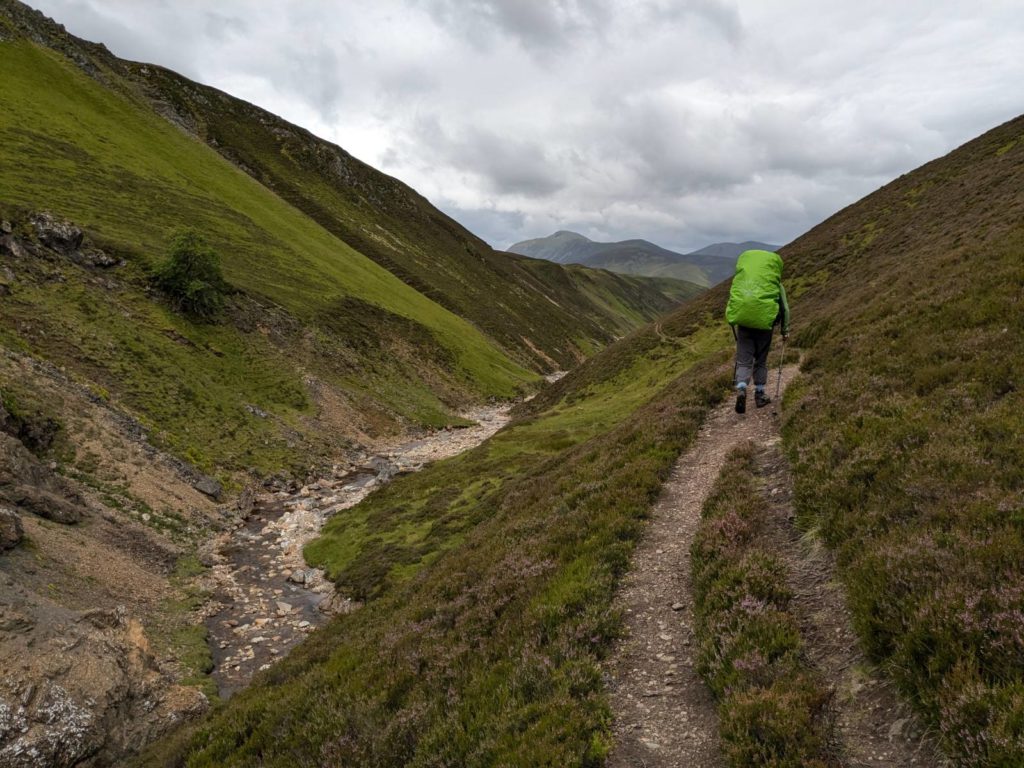
It’s time to get out there
If the mechanics of pooping haven’t put you off, let me encourage you to try doing something like this. You don’t have to go as far as I did (and in this case I mean that literally), but if you can, perhaps consider going on your own hiking adventure.
Head out for an afternoon with a picnic, or for a weekend with a tent. Connect with the wilderness, and your own physical body. Discover what you are capable of, and what the world can offer, outside of incendiary headlines and online trolls. Find the miracle of yourself, and the smallness of your fear. Go and stare at a forest, or an ocean, or a mountain.
Feel tiny, and beautiful, and free – outside of the pressures of work, and bigotry, and social expectation. Maybe yell at the sky; there’s a lot to yell about these days. Don’t worry about what it might look like. As the famous saying doesn’t actually go: if a trans person yells in a forest, and nobody is around to hear, is it even embarrassing for them to have yelled at all?
- A photo of the Whaligoe Steps leading down from the cliffs to the sea
- A photo of large pointed rocks called The Duncansby Stacks
- A small dilapidated building on the border between England and Scotland
- A photo of a waterfall and small lake near Dunrobin Point
- A landscape photo of the Monadhilath Mountains
- A photo of the trail leading out of the Cairngorms showing mountain on oneside and dense forest on another with river running between the two.
